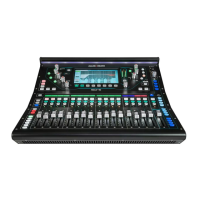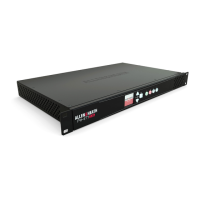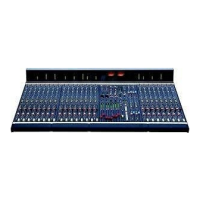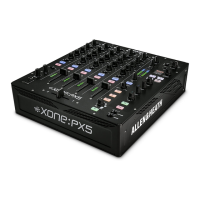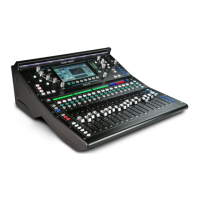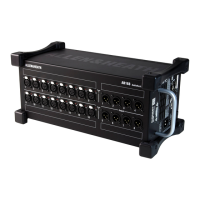Use the Feedback Assistant
The Feedback Assistant (FBA) detects the prominent and persistent frequencies
caused by feedback, and then adds narrow filters to the output to reduce the levels
of those frequencies whilst changing the overall sound as little as possible.
It can be used in any situation where the input source can ‘hear’ an output it is
being sent to. Most commonly, a microphone being used in the same space as
monitor speakers and PA system.
The FBA is designed to be used during setup and then to look out for feedback
during the show or event. For best results always run through the setup steps
whenever the setup or venue is changed.
False Positives and best practices
False positives can occur with any feedback-like sound being played (e.g. guitar
feedback, keyboard and synth sounds, flute, operatic vocals etc…). The FBA cannot
know if this is a desired feedback-like sound or not. The FBA on all channels will
always boot with HOLD active to prevent unnecessary filters being added for this
reason. It is best not to leave any FBA actively detecting and adding fixed filters.
Instead, if being left unattended, it is best to leave the filter Mode as Live.
Detect and add Fixed filters to an Output during setup/soundcheck
This is the most important stage to prevent feedback during a show or event.
Feedback can also be detected more accurately and quickly during
setup/soundcheck and there is less chance of false positives.
Some Feedback must occur for the FBA to detect and filter it. Therefore, before
doing anything, ensure that:
• All microphones to be used are connected and have preamp gain set.
• All Input processing has been set to an approximate starting point.
• All outputs have been connected and any speakers powered on.
• A rough mix should be set for monitors and other outputs (though with the
output level lower than needed if feedback is already an issue).
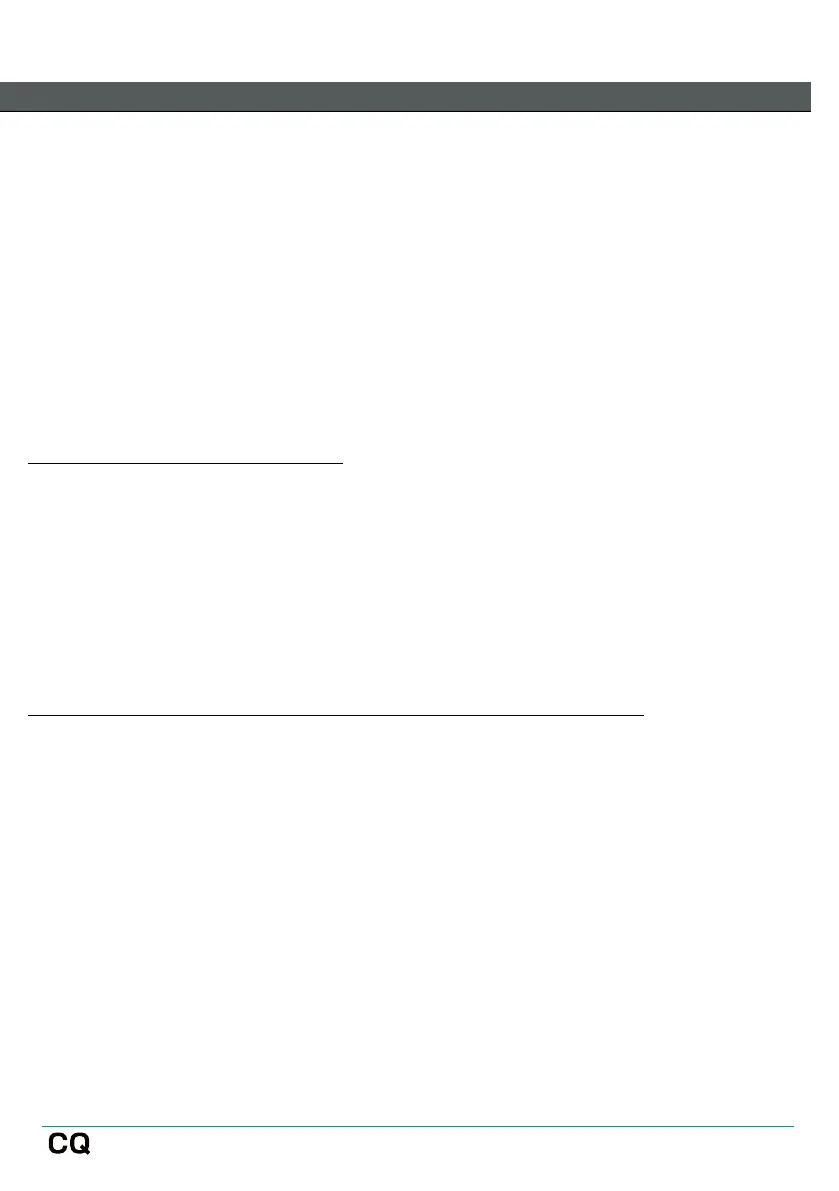